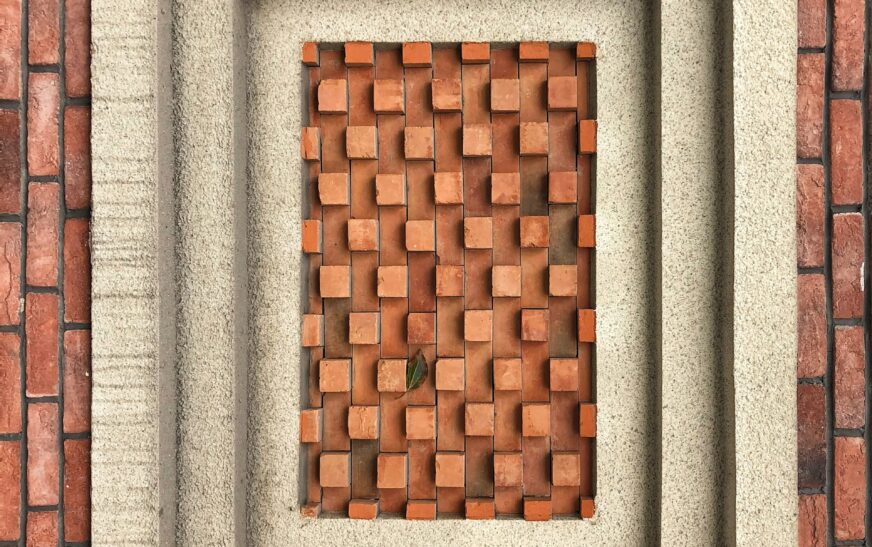Bricks have been holding up walls—and sometimes entire civilizations—for thousands of years. Their strength, consistency, and timeless charm make them a favorite for architects, builders, and even DIY enthusiasts who like things that don’t fall apart. But if you’ve ever paused mid-project and asked, “Wait… what exactly are the dimensions of a brick?”, you’re not alone. That seemingly simple question opens the door (pun intended) to a surprisingly detailed world of construction standards, regional quirks, and even architectural aesthetics.
Let’s dig in.
Why Brick Size Actually Matters
You might think, “It’s just a brick, right? How complicated can it be?” Well… not that simple. The size of a brick influences:
- Structural stability – A building’s strength depends on consistent brick sizing.
- Aesthetic appeal – Tall, thin bricks give a different look than squat, chunky ones.
- Insulation and energy efficiency – Brick dimensions can affect wall thickness and thermal performance.
- Labor efficiency – Too big or too small, and bricklaying becomes either a workout or a slow slog.
The goal? Find a size that’s just right—functional, visually balanced, and easy to work with.
Standard Brick Sizes in the United States
The most common brick in the U.S. is the modular brick:
- Width: 3 5/8 inches
- Height: 2 1/4 inches
- Length: 7 5/8 inches
Add a typical mortar joint of 3/8 inch, and your laid brick measures roughly 4″ x 2 2/3″ x 8″—perfect for modular construction. Easy to multiply, easy to align, and easy on your sanity.
Other U.S. Brick Variations
- Standard Brick: 3 5/8″ x 2 1/4″ x 8″
- Roman Brick: 3 5/8″ x 1 5/8″ x 11 5/8″ – long and thin for sleek, linear designs
- Norman Brick: 3 5/8″ x 2 1/4″ x 11 5/8″ – traditional with a twist
- Utility Brick: 3 5/8″ x 3 5/8″ x 11 5/8″ – fewer joints, more solid feel
- Engineer Modular: 3 5/8″ x 2 3/4″ x 7 5/8″ – for specialized projects
Each has its purpose, from aesthetic elegance to structural utility.
Brick Sizes Around the World
Bricks don’t play by a global rulebook. Here’s how other countries size them:
- United Kingdom: 215 mm x 102.5 mm x 65 mm (~8.5″ x 4″ x 2.5″)
- Australia: 230 mm x 110 mm x 76 mm – slightly larger for construction efficiency
- India: 190 mm x 90 mm x 90 mm (~7.9″ x 3.9″ x 3.9″) – solid clay bricks for traditional and modern builds
Different regions, different sizes, same timeless durability.
How Brick Size Shapes Design
Believe it or not, brick size influences more than just structure. It affects:
- Visual rhythm: Taller bricks make walls feel grounded; thinner bricks elongate a facade.
- Patterning: Bonds like running, Flemish, or English all depend on consistent brick sizing.
- Architectural style: Roman bricks for sleek modernity, standard bricks for traditional charm.
Historical Bricks: When Consistency Was Optional
Long before standardized modular bricks, things were… a bit messier:
- Roman bricks: Up to 13″ long, but only 1–2″ thick
- Ancient Mesopotamia: Sun-dried mud bricks, hand-molded with wildly varying sizes
No uniformity meant thicker mortar joints and skilled masons. Today, uniform bricks make construction faster—but heritage projects often need custom sizes to match historical accuracy.
Read More : Does Brick Burn? A Deep Dive Into the Fire-Resistant Nature of Brick
Mortar Joints: The Secret Ingredient
Mortar joints, usually around 3/8″ thick, might seem small, but they matter. They:
- Compensate for minor size variations
- Bind bricks together
- Affect final wall dimensions
Because of mortar, brick dimensions are listed in two ways:
- Actual size: The physical size of the brick
- Nominal size: Brick plus mortar joint
Construction plans usually use nominal size for layout accuracy and material estimates.
Bottom line: Bricks might be small, but understanding their dimensions is huge for any builder or designer. Size affects stability, aesthetics, labor, and even how the finished wall “feels” to the eye. Next time you handle a brick, you’ll know it’s not just a lump of clay—it’s a carefully measured building block with a legacy spanning millennia.










